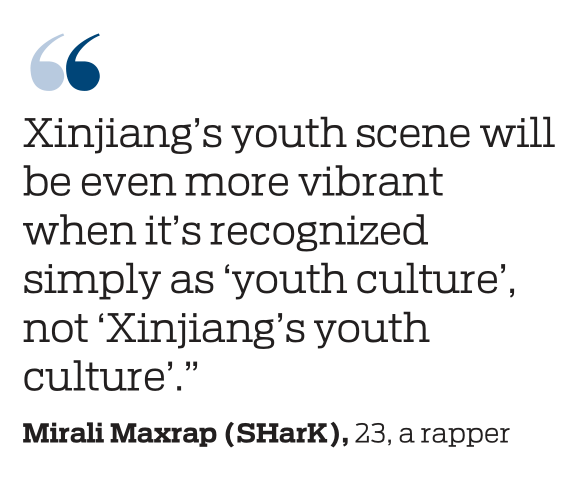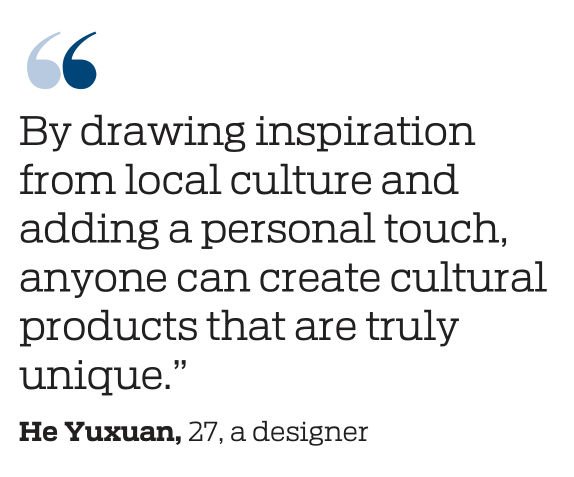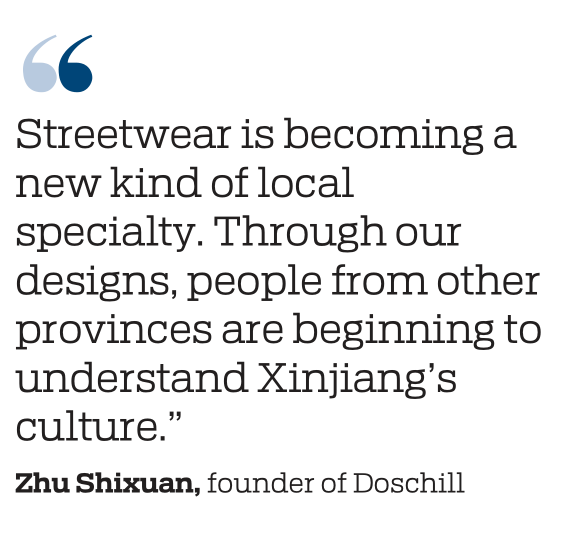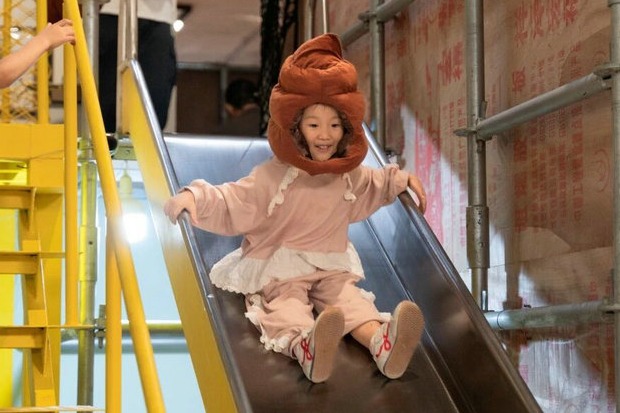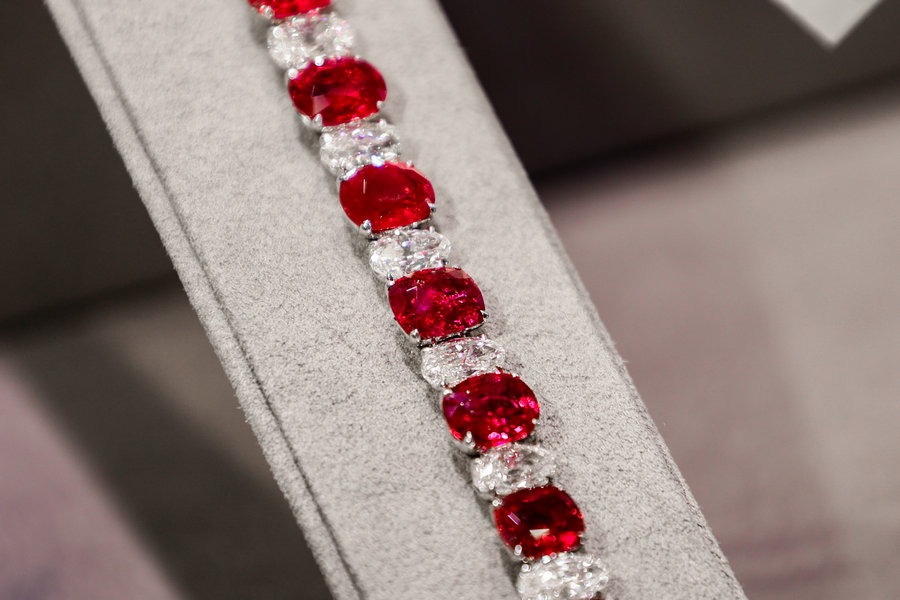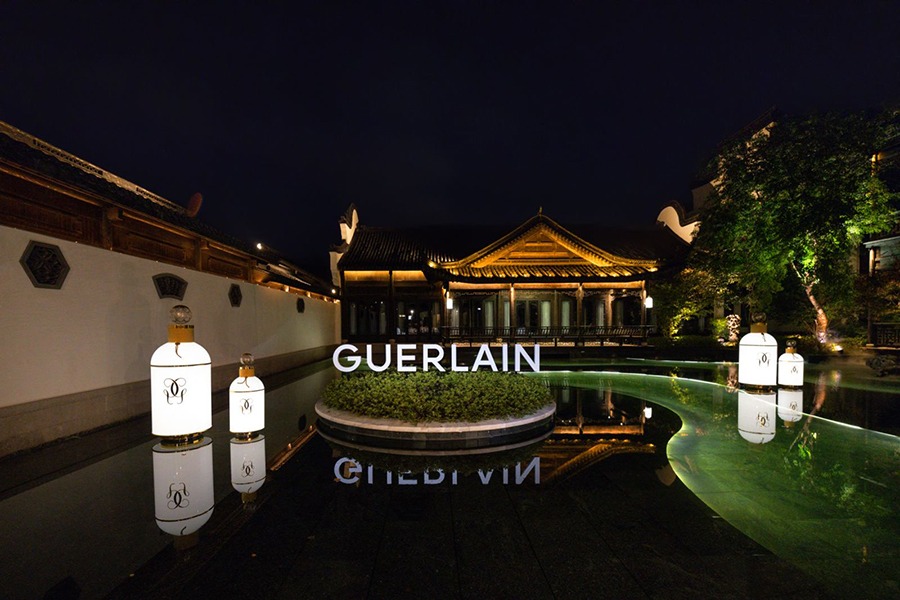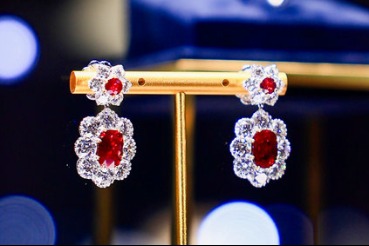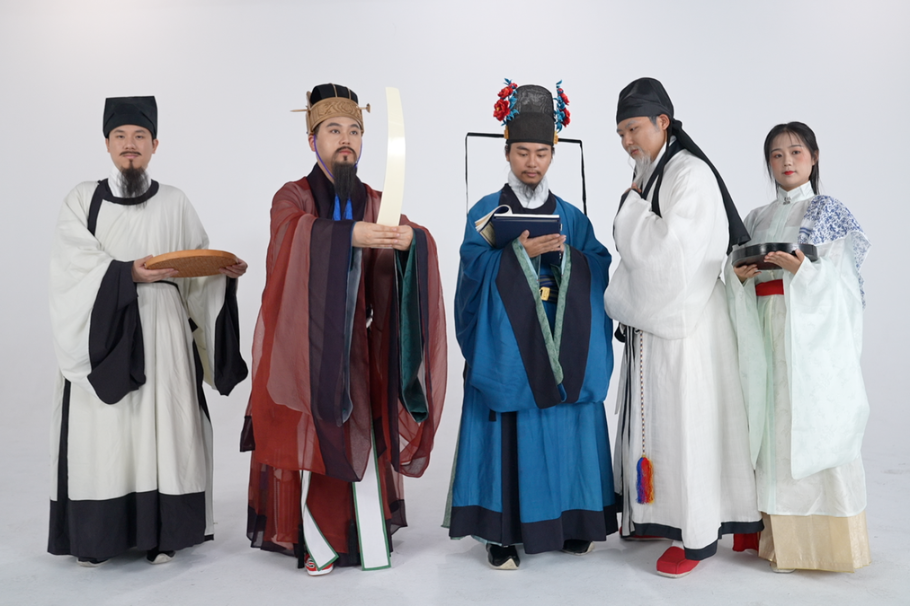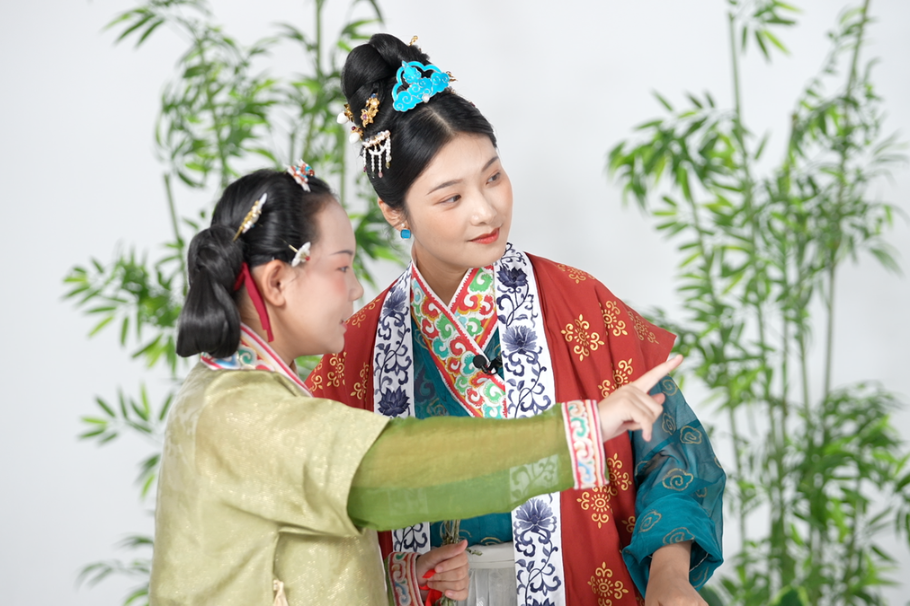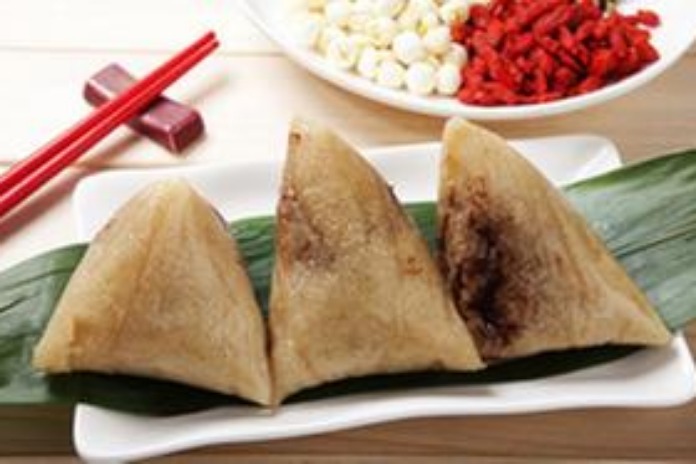Young Xinjiang artists shape modern culture
Beats, threads, and bold ideas: Xinjiang's next generation is turning local culture into a dynamic, trendsetting youth movement, Gui Qian reports.

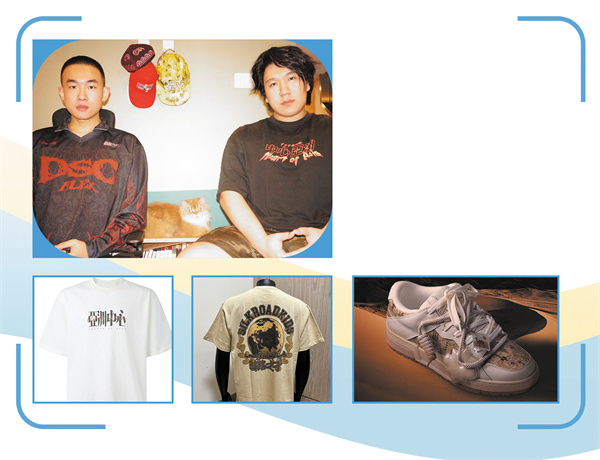
Wearable identity
This spirit of experimentation is not limited to music.
Two young men are redefining Xinjiang's distinctive cultural symbols through a contemporary lens. They are Zhu Shixuan, founder of the streetwear brand Doschill, and Amanbieke Adilijiang, the brand's design director.
Zhu, 29, grew up on a farm in Manas county, Xinjiang, a region known for its abundant cotton production. Amanbieke, 22, is Kyrgyz and hails from Urumqi, Xinjiang's capital, where his passion for painting and streetwear began at a young age.
"We come from very different backgrounds but share the same love for Xinjiang's culture," said Amanbieke.
The vast grasslands, snow-capped mountains, and intricate patterns of Xinjiang's diverse ethnic groups have long fascinated the two friends. Their challenge was to turn these inspirations into products that young people would both love and find accessible.
In 2022, they launched their first product: a hoodie featuring the Chinese characters "Child of Xinjiang" on the front and a detailed map of Xinjiang on the back, marking every prefecture and city. "Anyone from Xinjiang can find their hometown on it," Zhu said.
Today, the "Child of Xinjiang" line has expanded to include six products, from T-shirts to hats.
The designs have resonated with a wide audience. Nearly 100 musicians from Xinjiang, including the popular rapper SHarK, have worn their creations.
"Many artists are proud to wear what we've made," Zhu said. "They're eager to showcase our products, which they see as a form of identity."
For Amanbieke, streetwear is more than just clothing. "Its essence lies in cultural significance," he said. "Consumers are looking for emotional resonance and a sense of belonging."
"Streetwear is becoming a new kind of local specialty. Through our designs, people from other provinces are beginning to understand Xinjiang's culture," Zhu added.
Currently, Doschill's products are primarily sold in Northwest China, but its customer base along the eastern coast is steadily growing.
The brand has also entered markets such as Vietnam and Kazakhstan. Building on this momentum, Doschill plans to expand further overseas, especially in countries and regions involved in the Belt and Road Initiative.
Style roots
"Youth culture doesn't have to revolve around fast fashion or mass-produced goods," said He Yuxuan, a 27-year-old designer from Shihezi, Xinjiang. "By drawing inspiration from local culture and adding a personal touch, anyone can create cultural products that are truly unique."
After studying and working outside Xinjiang for several years, He returned in 2024 to establish her own design studio in the ancient city of Kashgar.
She prints Uygur proverbs on rolling paper for poetry collections, weaves flower vessels shaped like nomadic boots, and designs typefaces inspired by traditional Uygur sweets.
She has observed that a "more local, more trendy" philosophy is becoming increasingly popular among young people today. Many young designers and artists in cities like Shanghai and Chengdu are developing products rooted in local culture, and He believes Xinjiang has immense potential in this area as well.
"Xinjiang is rich in local culture and home to remarkable talent," she said, attributing the region's uniqueness to its diverse geography and ethnic communities.
She uses her woven wall-hanging flower vessel as an example. Shaped like a boot, it beautifully blends Xinjiang's carpet culture, the nomadic spirit, and modern home aesthetics.
"In Xinjiang, almost every household has carpets," she explained. "Many people love to take a carpet outdoors, spread it on the grass, and just lie down to relax."
"A carpet is like a compact version of home. And boots, cherished by nomadic people, symbolize constant movement," she added.
What fascinates He most is the humor and ease woven into everyday life in Xinjiang.
A Uygur proverb she included in her poetry collection captures this spirit: "If the sky falls, lie on the ground and eat steamed buns." She sees this laid-back attitude toward life as perfectly aligned with young people's growing desire to resist "involution" — the intense social competition and pressure.
She is particularly drawn to the bold, confident fashion of Xinjiang's women. "They dress beautifully wherever they go. I love how they mix clashing colors and wear gold jewelry with such ease," she said.
When it comes to home decor, He noted, people in Xinjiang also show distinctive taste — a fondness for lace coverings, large grandfather clocks, curved wooden ornaments, artificial flowers, and crystal tableware. These elements, she said, reflect what netizens describe as "an aesthetic reminiscent of a period of economic prosperity".
She is aware that some people from other regions may still view Xinjiang as a distant, exotic place. But the region's vibrancy and richness are evident everywhere.
"Xinjiang is very modern and fashionable," she said. "And so are the young people here."
Contact the writer at guiqian@i21st.cn
